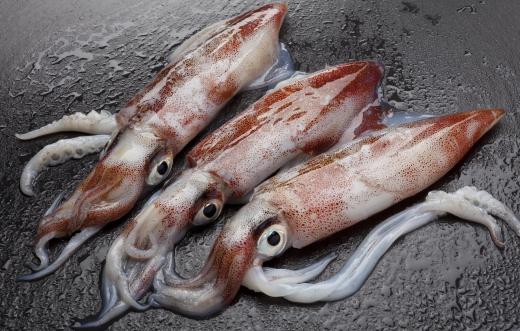What are Elephant Seals?
 Michael Anissimov
Michael Anissimov
Elephant seals are large semi-aquatic mammals in suborder Pinnipedia (pinnipeds) known for their large snouts (from which they get their name) and tremendous bulk. There are two species of elephant seal: the Southern Elephant Seal, found on various southern islands and the coasts of New Zealand, South Africa, and Argentina, and the Northern Elephant Seal, found on the Pacific coast of North America, all the way to Mexico.
Male elephant seals of both species grow to 16 ft (5 m) in length, with a weight of 6,000 lb (3,000 kg), while the females are about 60% in length and 30% in weight. During breeding season, males acquire harems of 40 to 50 females and do battle over them. The species' tremendous noses are used to make loud roaring noises, and aside from mere posturing, some battles are to the death. Elephant seals exhibit significant gender differentiation, with males clearly distinguishable from females.

Elephant seals are both the largest of any type of seal and the largest living member of order Carnivora, which includes bears, dogs, lions, walruses, and many other familiar mammalian carnivores. Though elephant seals live relatively close to many populated coasts, they are rarely seen by people there, preferring to frequent remote islands. Like other seals, elephant seals consume skates, rays, octopuses, eels, fish, and squid, but supplement this diet even with small sharks.
Elephant seals spend 80% of their lives in the water, and can hold their breath for 80 minutes, the longest of any mammal except for whales. The average dive is 300 to 600 meters (1000 - 2000 ft), but the deepest recorded is 2000 m (6,500 ft, more than a mile), deep into regions without light. Adapted for deep dives in cold water, elephant seals are surrounded by a layer of blubber several inches thick, which is mostly responsible for their large bulk.
Elephant seals have special adaptations to have a large volume of blood to store oxygen for long dives. Their abdomens contain large blood-holding cavities, and their muscles are specially capable of holding blood. In addition, elephant seals have a larger proportion of oxygen-carrying red blood cells in their blood than most other animals.
AS FEATURED ON:
AS FEATURED ON:











Discuss this Article
Post your comments